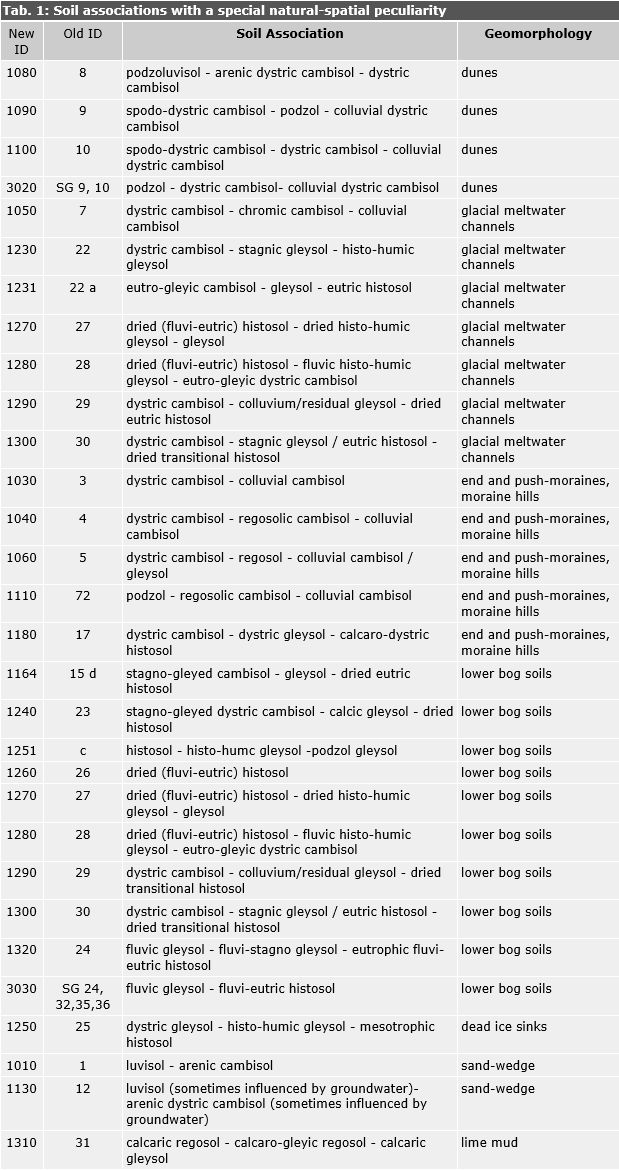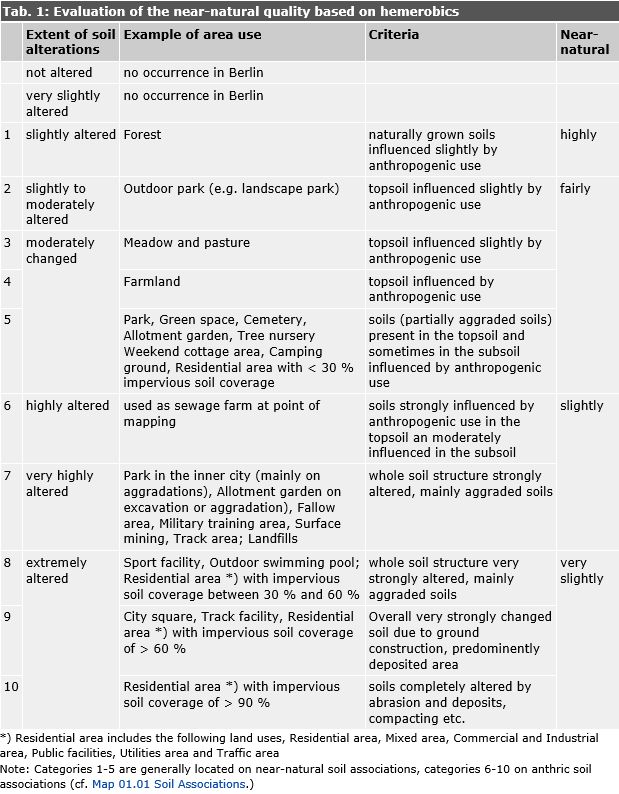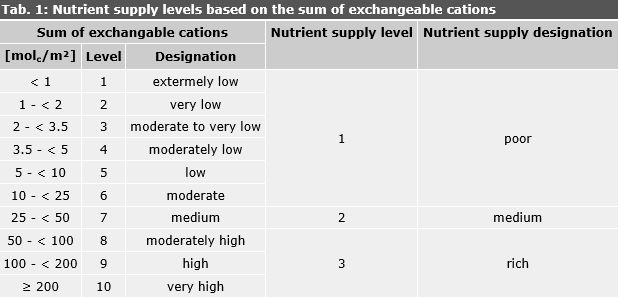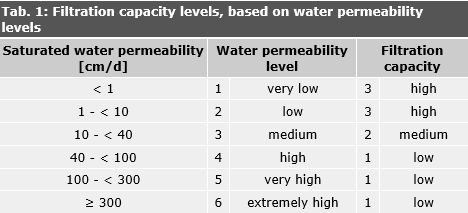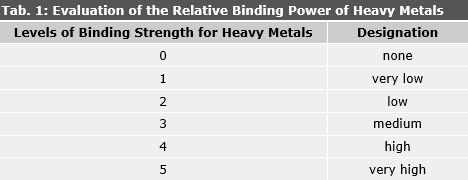01.11.1 Regional Rarity of Soil Associations
Description
In order to preserve a large site variety, it is essential to safeguard the existence of as many different soils as possible.
Rarity is used as the criterion to describe the spatial distribution of soil associations in the State of Berlin. Soils occur with varying frequency in the Berlin area. The Soil Association Map provides an overview of the distribution and hence the rarity or frequency of soil associations.
The smaller the area share a soil association occupies, the more endangered it is, i.e. the level of endangerment increases with decreasing area proportions.
Rarity is assessed for soil associations, rather than for individual soil types. Thus, rare soil types may occur in soil associations that are common or not that rare, and vice versa.
Methodology
The spatial shares of each soil association were determined based on data regarding area size provided by the Urban and Environmental Information System. Areas covered by roads and bodies of water were not taken into account. The area sizes were summed up for each soil association, and compared with the total area under observation. As a result, area shares of each soil association are available as percentages of the total area.
To assess the rarity of soils, the method described by Stasch, Stahr and Sydow (1991) was selected. The evaluation was carried out based on the occurrence of soil associations across Berlin.
The rarity of soils was classified into five categories, ranging from “very rare” to “very common” (Tab. 1). Combined associations (cf. Map 01.01) were given the same rating as the soil association with the lowest spatial distribution belonging to the combined association. The conceptual soil association 2471 [49a] was classified as “common”, just like soil association 2470 [49].


